Sharing Videos on YouTube
 Are you sharing your videos online? Each day, on YouTube alone, visitors view hundreds of millions of videos and upload hundreds of thousands of videos.
Are you sharing your videos online? Each day, on YouTube alone, visitors view hundreds of millions of videos and upload hundreds of thousands of videos.
See my article -- Sharing Videos on YouTube -- for details on how to upload to YouTube, embed clips in your own website, and then go further to customize your videos and how they are presented.
It's hard to imagine in this world of online video, but YouTube was founded only three years ago in February 2005. The power of this idea of user-generated content (UGC) then was validated when Google purchased YouTube in November 2006 for $1.65 billion in stock.
If you'd like to share your videos with the world -- or even with friends and family -- YouTube makes it amazingly easy to upload your clips for visitors to view, and for free.
The latest versions of consumer video editing tools also have built-in Web uploading. For example, CyberLink PowerDirector 6 uploads to YouTube and Pinnacle Studio 11 publishes directly to Yahoo! Video.
Once you've uploaded your clips, you can send visitors to YouTube to play them, or embed them within pages on your own website or blog. But there's more you can do with YouTube, including customizing the look of the player, and restricting clips for private viewing by a specific list of contacts.
While these video sites are a great way to get started, you do give up ownership of your clip and control over how it is presented (for example, YouTube uses an older version of Adobe Flash video compression, so the video quality is not as good as it could be).
Instead, you can prepare and host your clips under your control -- compress them for better quality, and design your own web pages with a Flash video player using tools like Adobe Dreamweaver CS3.
The YouTube / Google Help Center has good explanations of setting up and using YouTube.
See full article for more details -- Sharing Videos on YouTube.
![]() Find Adobe Flash CS3 Professional on Amazon.com
Find Adobe Flash CS3 Professional on Amazon.com

 High-definition video has arrived -- in under-$1000 consumer camcorders, and supported by sub-$100 consumer video software that can run on your desktop.
High-definition video has arrived -- in under-$1000 consumer camcorders, and supported by sub-$100 consumer video software that can run on your desktop.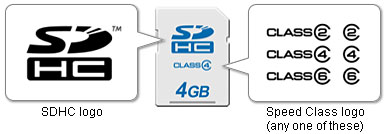
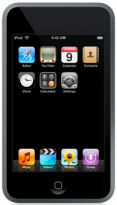 More memory for portable media players --
More memory for portable media players -- 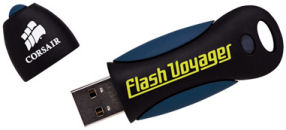 The durable
The durable  The rugged
The rugged  The
The 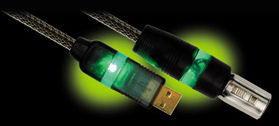 The
The 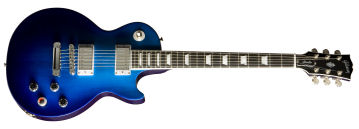
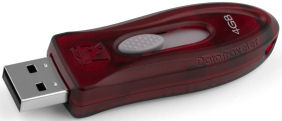 The new budget
The new budget 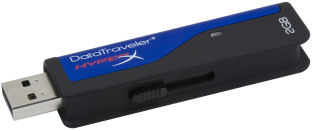 For faster data transfer, the new ultrafast
For faster data transfer, the new ultrafast 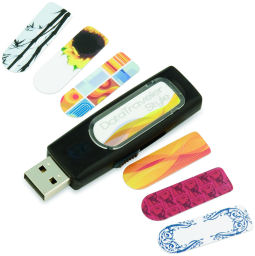 Or to keep track of your data, the new
Or to keep track of your data, the new  The small
The small  The spiffy
The spiffy  The
The  The
The  The
The 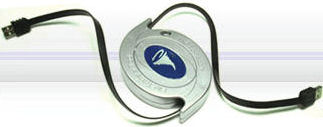 Which brings us to
Which brings us to 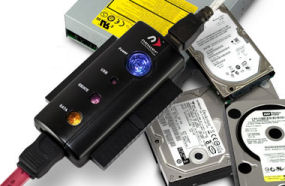 The
The  The
The 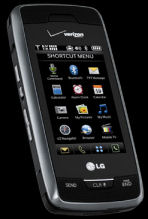 The Voyager (technically the
The Voyager (technically the  The inner display in landscape orientation is better for interactive activities like text messaging (with the keyboard) and Web browsing over Verizon's high-speed EV-DO wireless broadband service.
The inner display in landscape orientation is better for interactive activities like text messaging (with the keyboard) and Web browsing over Verizon's high-speed EV-DO wireless broadband service. 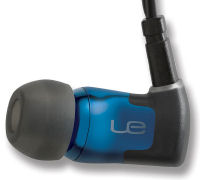 We tried out the
We tried out the